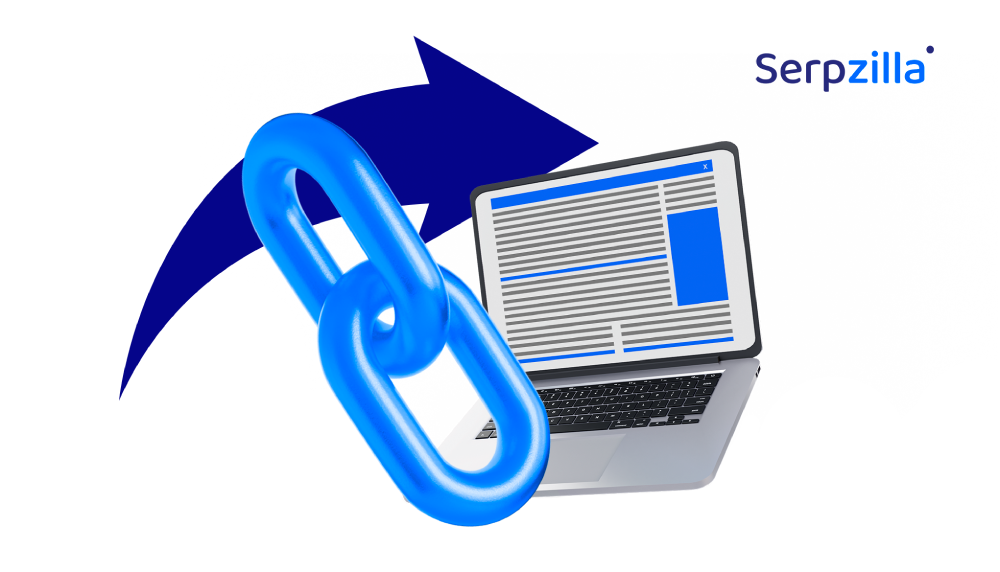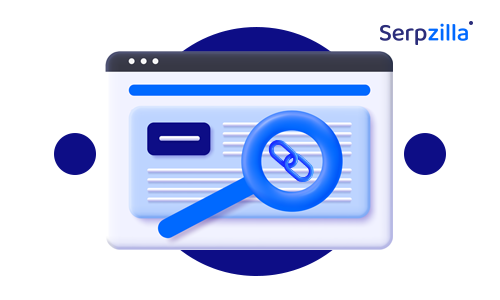Link Building Essentials: Most Reliable Link Building Methods

In this article we will overview the basics of link building practices and related terms.
What’s link building anyway, you might ask? Simply put, link building is a process of obtaining backlinks for your website. There are many ways to get those, but we’ll focus on some basics first.
Before we get to the methods
First, let’s figure out what you’re going to be working with. It’s a minor note but it’s important nevertheless.
A backlink, apart from the term definition, is simply a hyperlink. Hyperlinks consist of two parts: hyperlink referral and anchor tag. Hyperlink referral is an actual address, pointing to a target page. Anchor tag is a text used to display a link to you, so that you click a relevant word/phrase in the text and it looks nicer than shoving a full web address of a target page mid sentence.
Here’s what I’m getting at: the anchor text you use to implement a link is also an important part of SEO. It must be relevant, make sense and preferably match user requests – either popular, or low-difficulty requests.
To put it simply, low-difficulty requests are the requests that users enter and Google has nothing to return in exchange. These are rare but it’s worth looking into. Sometimes you might not only find the requests that match your content, you might even find the requests indicating there’s a demand that is not being met in your niche!
You can use Ahrefs or similar services to look for low-difficulty requests.
Link building methods
Let’s walk your through basic link building methods:
Keep in mind that solid communication and negotiation skills are important in most cases and might get you far.
1. Request link placement. Truly cold approach. Not ideal, but you just prepare a list of relevant websites using an appropriate tool like Ahrefs, for example, and contact their owners on the subject of placing a backlink. Why should they care? That’s where you test your communication skills. But don’t just contact everybody on the list. Take your time and skim through their websites to make sure they are truly relevant, that your website can in fact be useful for their visitors and maybe think of how you should approach them.
Usually I’d also recommend optimizing your workflow. Export the websites and sort out the excel sheet by domain authority. The top 20 or so are better handled personally. The rest can be mass emailed through certain tools and services, unless you have unlimited time on your hands. So you’ll need a template for mailing and, in this example, around 20 unique letters you write yourself according to the approach needed, which depends what the website is, who exactly you contact, etc.
2. Guest blogging. This one is very similar to link placement in terms of approach but infinitely more fruitful. The difference is that instead of links you offer content. They might ask you for money, they might not, either way it is probably the best option for providing your website with quality backlinks. But don’t slack it! No user wants to open an article just to discover subpar content filled with shameless ad-plugs! They will come to you, just give them really useful content.
“Wait, I sell chairs! What useful articles can I possibly produce?”, you or your client might ask.
Don’t panic, it doesn’t have to be about you. In this case, it can be an article about how to better furnish a room based on its style. How different design choices dictate what type of furniture, or what color and material suits the room better. Then you can mention that you have something for certain styles. Just don’t be too intrusive: oversaturating a text with links is not as good as you might think. It might not give you more conversions, but will definitely annoy the reader.
Tip 1: There are two types of content you might want to set your sights on: pillar content and evergreen content.
Pillar content is in-depth content covering the core topic of your niche in great detail. It is usually a long article, often linking to smaller relevant articles, covering smaller but relevant topics. Such content is difficult to produce, but bears great value for readers and high utility is important for better SERP ranking.
The term “evergreen content” comes from journalism and is used to describe content that is not time-sensitive and remains relevant over a long period of time. As a result, provided it is of good quality, it is going to continually yield traffic to your website.
Tip 2: Having a professional author, capable of producing quality articles and working in duo with a specialist from your company will not only save you a lot of effort, but also a lot of time and money in the long run.
Guest blogging is merely a special case of content creation for link building. There are many other ways to do it. At the end of the day you can pay a major publication to write about you.
3. Using social platforms. This method is often covered in myriads of articles but from my experience it begs a little clarification. Why? Because many people seem to confuse it with spamming. Yes, you can go to Facebook, or, for example, Reddit and leave a link in the comments, but it has to be useful. Take time to navigate through posts on social media, Reddit threads, comment sections under relevant articles and look for people who need a solution you can provide through a link to your website. They’ll be happy and you’ll eventually get some ranking points. But only some.
It won’t be much since the links on such resources are all Nofollow links, which means they do not affect PageRank. However, they are still beneficial, since users crawl through your site and if the interaction is meaningful Google will notice it. So you can go for it. At the end of the day you at least might get some new customers.
Nofollow links are links, which have a Nofollow attribute assigned to them. Users see no difference but Google reads the attribute from the page code and ignores the links making it not pass PageRank.
4. Using Link Directories. Link directories are online databases of links on the internet. These days, directories are considered irrelevant by more and more SEO specialists. More of them tend to die out, a lot of them are spammy, and you might even get penalized by Google. It doesn’t mean they’re useless, but even the paid ones are usually pretty low impact so the necessity should be assessed individually.
Conclusion
Link building is an interesting, though sometimes laborious process. You can use link building services to automate the process and make it way easier, however on a smaller scale it might make sense to do it manually. The results still can be impressive.
Do not hesitate to write [insert email link] your feedback on the article, or ask any extra questions. We’re happy to communicate with our users and improve both their daily workflow and our blog!









